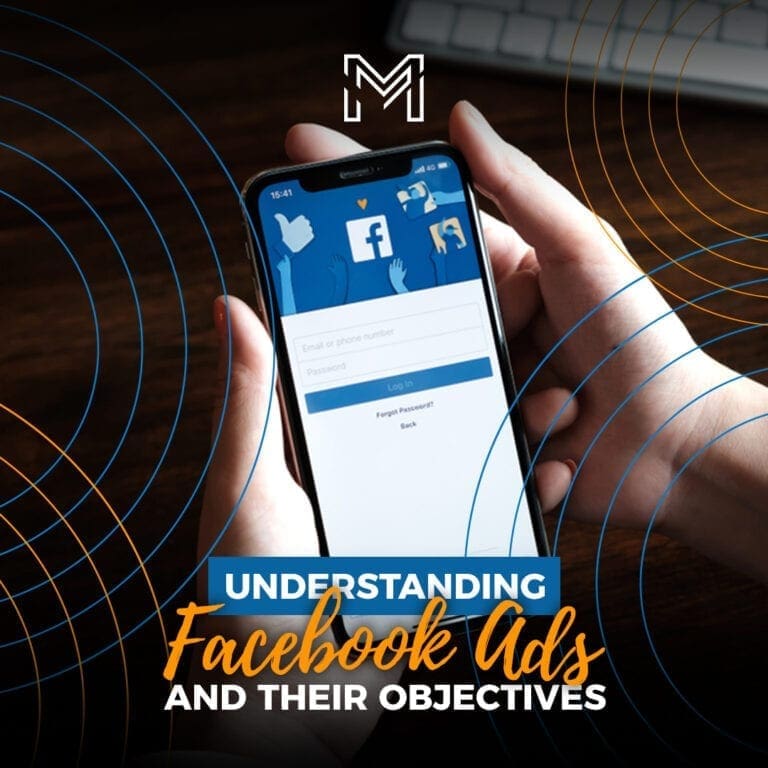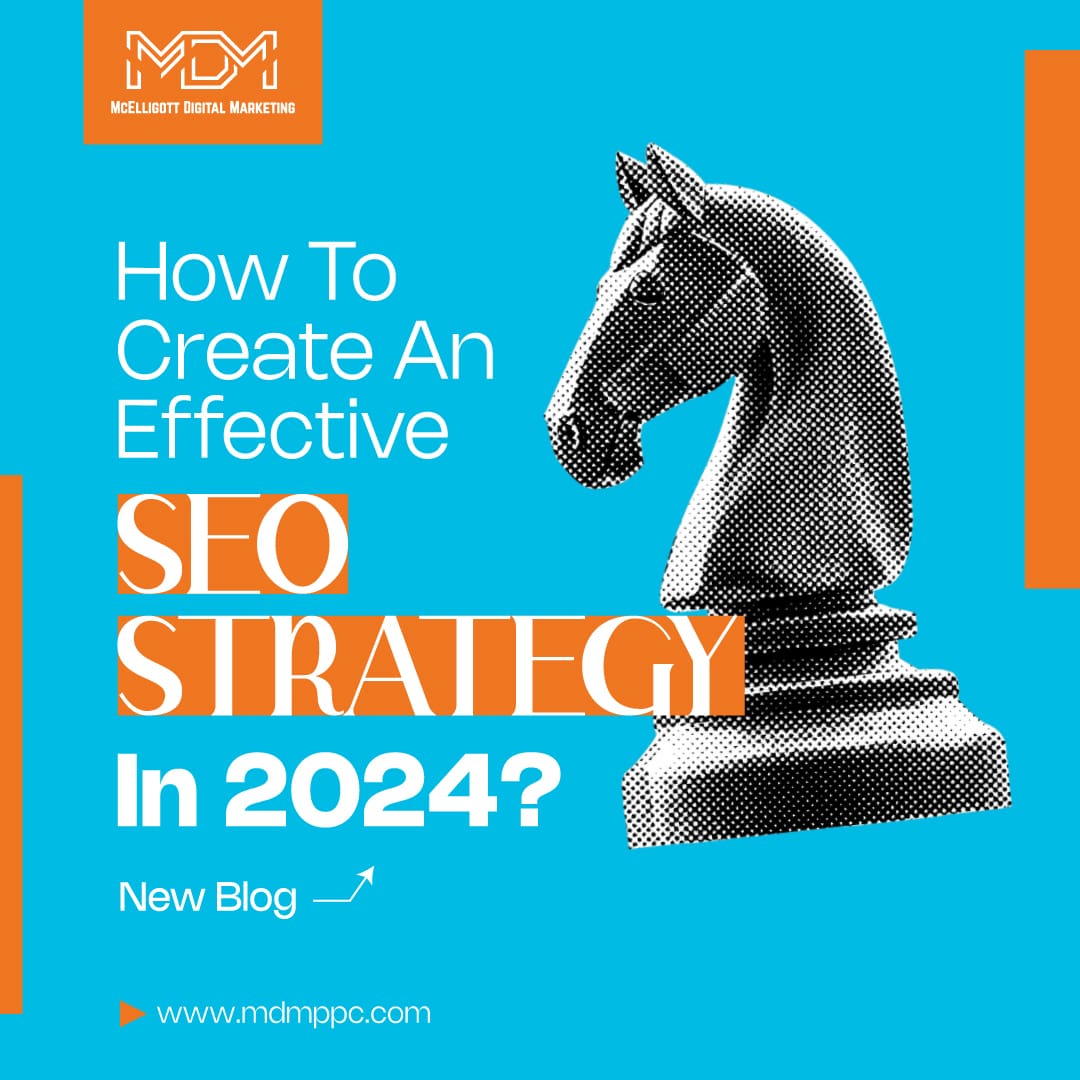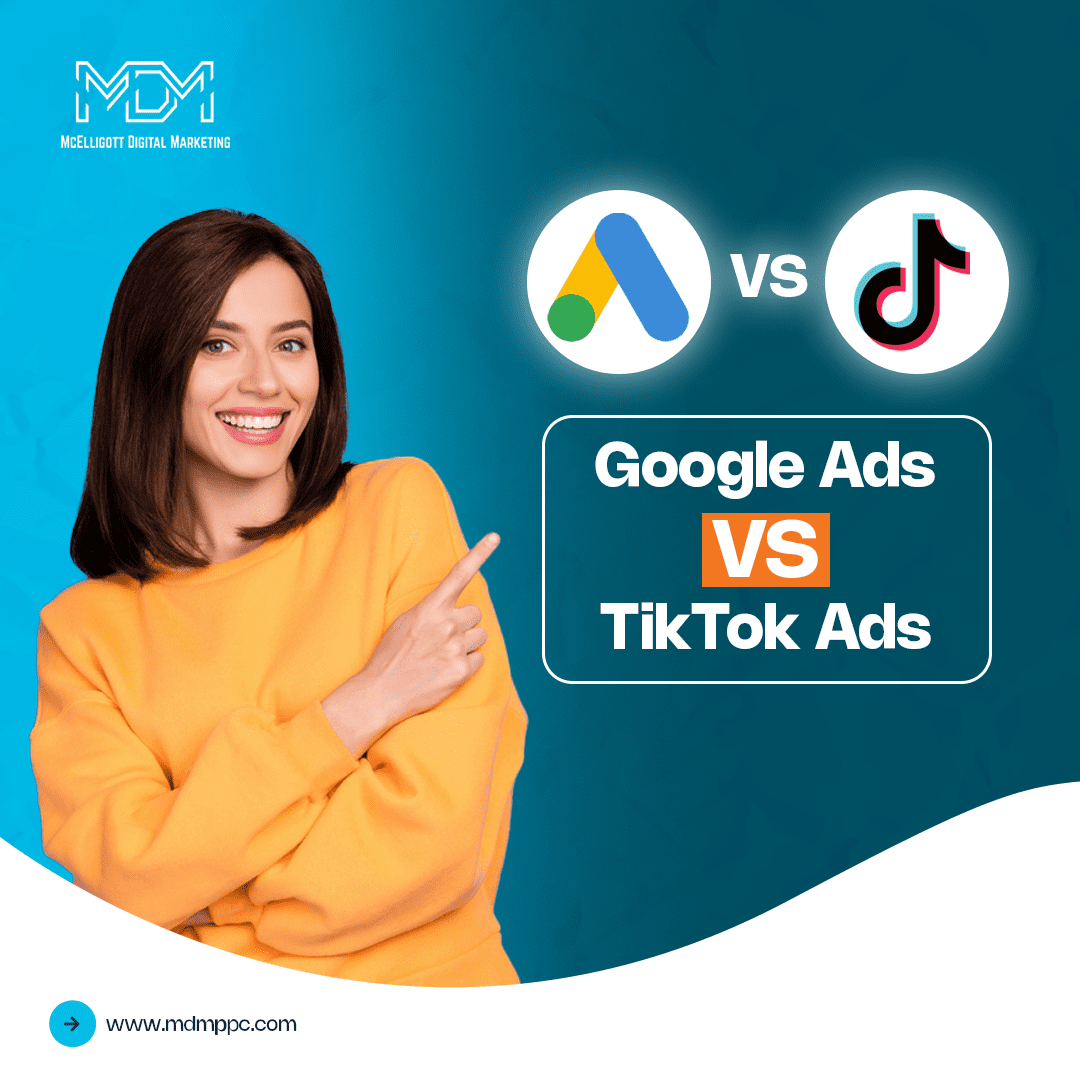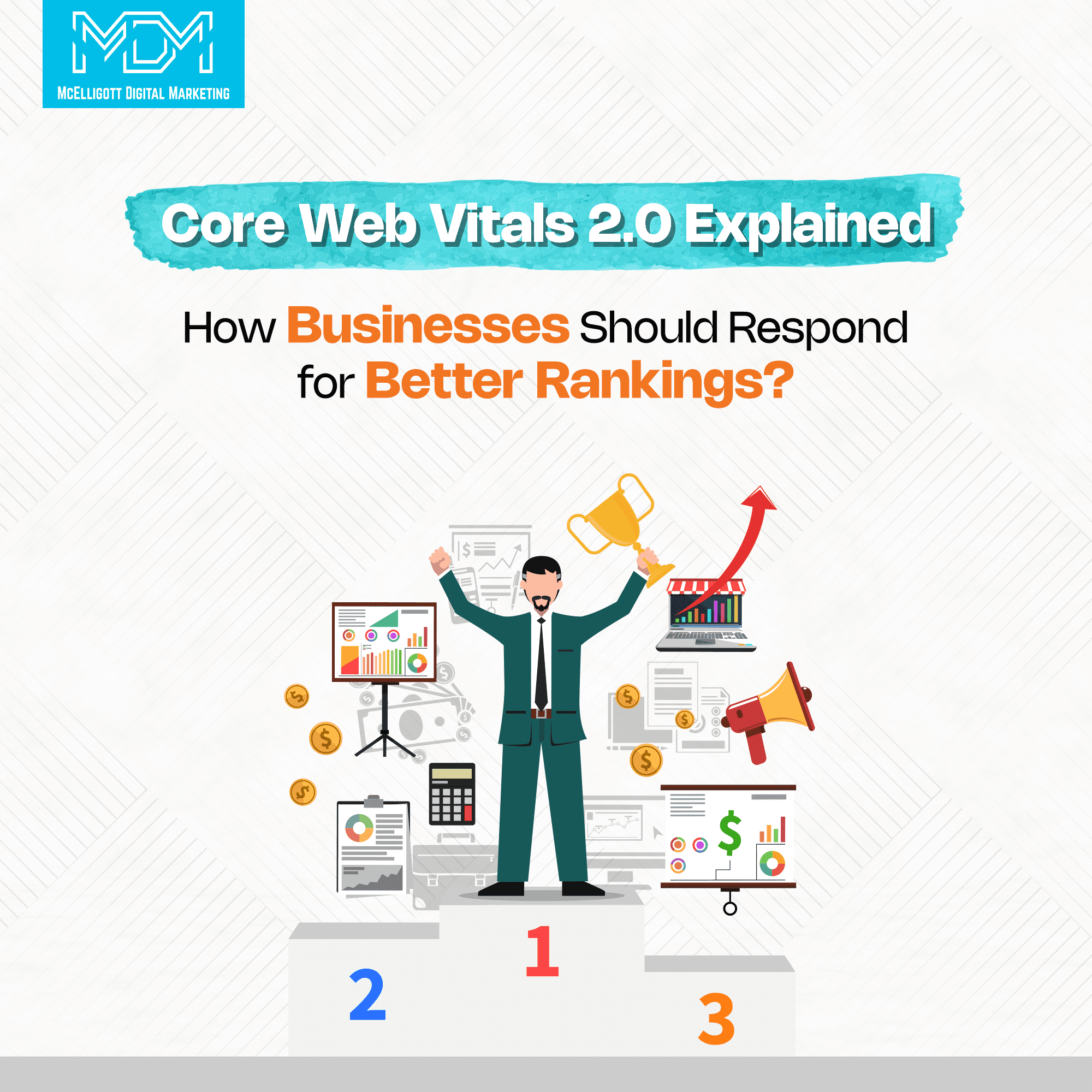You have been using Facebook possibly since you were 13. The first social media platform where you connected with your friends and could make friends from all over the world. 2004 -2020, the journey of Facebook has always been enormous. After the launch of platforms like Instagram, the entertaining factor of Facebook has diminished a little, but Facebook still holds the largest number of users.
We keep hearing that Facebook is dead because everybody’s parents have started using it. But if that is so how is it collecting the highest revenues?
Facebook’s net income and revenues as seen from 2007 to 2019 only show an uptrend in the charts.
But why do people blame Facebook for not being efficient enough?
According to surveys and what I think is that people don’t make complete and efficient use of ads, fail miserably, and then blame the platform.
There are a bunch of hypocrites present out there. But some brands have made proper use of Facebook ads and have seen a potential growth in their leads and branding.
So you might have heard a lot of stories about Facebook marketing but how do you do that? Today I will help you with that. Think of this article as an e-book to guide your way through each step of Facebook advertising.
Let us have a look at what is the actual potential of Facebook ads
Benefits of Facebook ads
I am not here to tell you the bullet benefits of Facebook ads. You all are familiar with them. Today I will tell you about the companies and their Facebook campaigns that sky-rocketed their business.
- Slack: I really appreciate how slack has made such an appealing ad. We all are tired of attending so many meetings that we do need to get off of some. Slack has very well used this fact to advertise its features. Not only did it grab my attention from its tagline but also the playfulness of its ad. It’s colorful, attention-grabbing, and relatable. The important thing to note here is that a practical product can also be displayed as fun.
Things to learn from this ad-
- Focus on the ‘feel’ of users
- Creativity and imagination
- A memorable tagline
- Google: Isn’t google a lifesaver? It doesn’t need an advertisement to shows its values. But let’s have a look at its latest ‘Facebook’ campaign, it’s ‘build what’s next’ ad. The first thing that is an immediate eye-catcher is that it maintains the similarity between the image and its brand colors. It also matches with the brand color of Facebook. This establishes trust.
Secondly, it uses aspirational language where it focuses to show what users can do with the platform. It could have used words like security or speed.
Things to learn from this ad-
- Using active verbs
- The color scheme of the ad
- Dollar shave club: The billion-dollar men’s grooming industry came up with a brilliant plan to differentiate from its competitors. And I think everybody loved it. Moving away from typical gender norms and creatively showing off its difference from other brands, it introduced razors for females and used the line ‘who said female razors have to be pink?’ (Poking fun on others! Clever idea)
It cleverly pointed out its biggest competitor Gillette for its pink razors. It made its way without launching a new product by making use of progressive thinking.
Things to learn from this ad-
- Leveraging the brand values
- Examining your audiences to promote an already existing brand.
- Making impressive use of knowing your buyer’s persona.
- Shopify: It has keenly observed that people are now using their hobbies in the professional world. Making use of this trend in their ad has made it intriguing. It also tells a story. A person has been knitting scarves for years and now someone tells them that they can also earn from it. Isn’t it connected emotionally and an instant attention-grabbing campaign.
You also compel you to think, ‘I should also sell my crafts’.
Things to learn from this ad-
- Using inspirational lines
- Making use of hopes and dreams (making an emotional connect)
- Clean and aesthetic minimal ad.
These are just a few examples of how ad campaigns can benefit from Facebook ads (also note the points your campaigns are lacking). But apart from these factors, several other factors should be noted to make the most out of a Facebook ad campaign.
Before you set up your new ad campaign, you need to understand what steps are important and where you were lacking.
Below I have written all the important steps of a campaign and understanding them will help you make a fail-proof ad campaign.
If your objectives are clear, your process becomes clear. So let us start with understanding the ad objectives.
Understanding Facebook ad objective
Do you understand the one key difference between Google and Facebook?
The basic fact that Google is a search engine and Facebook is a social platform. When you go to Google, you are there to search for a specific thing. But when you are using Facebook, you are there to distract yourself and connect with family and friends.
So it’s important to understand that there is a difference between the way we advertise on Google and Facebook. Facebook ads should be more creative that goes with the flow of Facebook.
To truly understand how a Facebook ad is meant to be, one should first understand the objectives of their ad. Below given are the main objectives and what mistakes people do while choosing them.
Awareness
- Local awareness – You should use this objective when you want to reach people near your business.
- Brand awareness – It is used when you need larger campaigns with no specific action. Such campaigns are good for larger businesses with a high budget. Smaller businesses should not take this objective.
- Reach – It is useful when you want to reach the maximum number of people. With a new feature of frequency capping (where you can set time before the same person watches your ad again), this has become a great option to go with. You can use it when you have a limited audience and want everyone to see your ad.
Consideration
- Traffic – Use it when you want to direct your audience towards your website without making them take a specific action (filling a form or signing up). This is mostly used for promoting content like blog posts.
- Post engagements – The best use of this objective is to show your audience or a completely new audience a post that is already performing well.
- Page like – engagements – Use it if you want to increase awareness of your page by increasing likes. But a thing to remember is if there is nothing to ENGAGE, page likes become worthless.
- Event responses – engagements – you can use this only when you have an event coming up. If you are using any software other than Facebook (like your website or others) use a conversion campaign objective.
- Offer claims – engagement – Use this when you have special offer posts. Single offer campaigns don’t perform well so go for conversion campaigns or website clicks if there is any special offer.
App installs
Because the first 72 hours after launching the app are critical (to improve your ranking), it is a good time to go for this objective.
Video views
People prefer video content over text. Making good use of this objective can boost your business in no time and the cost per view is also relatively low.
Lead Generation
They are used to simplify the sign-up process. The form is usually auto-filled with the information people provide to Facebook (like email, phone number, etc). The viewer usually has to click once to open the ad and the next time to submit the form.
This easily provides you information about the interested leads. Sometimes people don’t update the email address connected with Facebook and this can cause problems while a viewer enters your ad as they don’t usually like to fill a form.
Such campaigns are good for both B2C and B2B businesses.
Conversion
Use it when you want people to enter your website and sign in for a webinar, download an ebook, or purchase any product. It is used for promoting conversions on your website.
Product catalog sales
This is one of the best objectives for an eCommerce website. You can use this campaign to remind people of your products after they have already viewed them on your website. It helps to attract customers to buy a product or explore more.
Store visits
You can make good use of this objective when you have multiple store locations. You can set up different locations in the business manager and it will create a dynamic campaign that is relevant locally.
A successful ad campaign always starts with the right strategy. The first step in building the right strategy is to choose the right objective.
Now that you know about the successful campaigns and choosing the right objective, let us understand some unsuccessful campaigns and why they failed.
Problems with unsuccessful campaigns
- No plans, strategies, and information – Most small businesses think that if they are experts in their product they know everything needed to run a business, but it isn’t the case. Your goals should match with the objective you choose. You need to understand that you are looking to acquire new customers, retain old customers, increase awareness, increase phone calls, etc. Only then you can plan a clear objective.
- Investing enough time – Reports tell most people spend around an hour in a week to focus on their ad. Because more than 3.3 million items are shared on Facebook every minute!. So if you are not active, your ad will never be seen by the audience of your desire. Any engagement in a post happens in the first five hours. So if you are not frequent in posting, you are probably history.
- Not investing enough money – You don’t have to spend a fortune on a Facebook ad but you do need to consider a good budget for a successful campaign. People spend less than $50 on their Facebook ad, expecting the results of $500. I know spending money on an unsure ad is hard. That is why you can try organic posts to understand the needs of your audience.
- Targeting the right audience – You are not targeting right! Small businesses usually target by using simple criteria and let Facebook understand their audience. This will never work. You need to dig deep and let Facebook know your exact audience.
- Stop trying to go for a cold sale – try to socialize with the audience and provide them with good content before you expect anything in return.
- Understand that Facebook is a business – people start expecting results right after they launch the campaign. You need to understand that just like you spend time with your business partners and wait for the results, Facebook is also a business partner to you.
Remember that Facebook ads work wonderfully if you spend time, effort, and understand them. As long as you are targeting right with the correct message, investing wisely, and investing good time, you will surely get a positive ROI.





